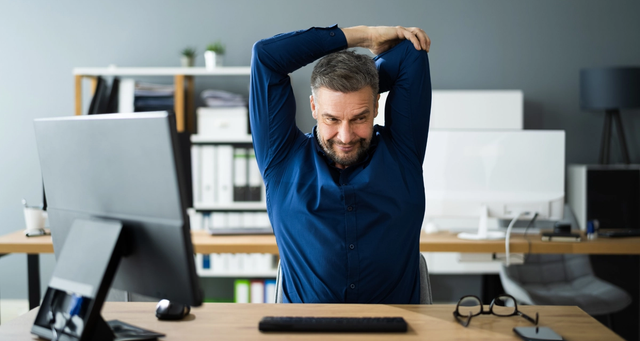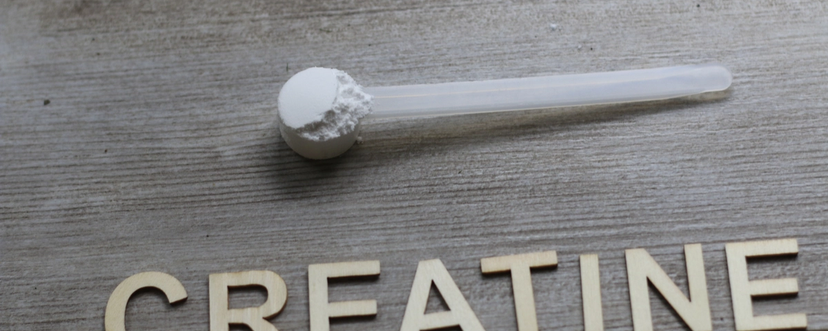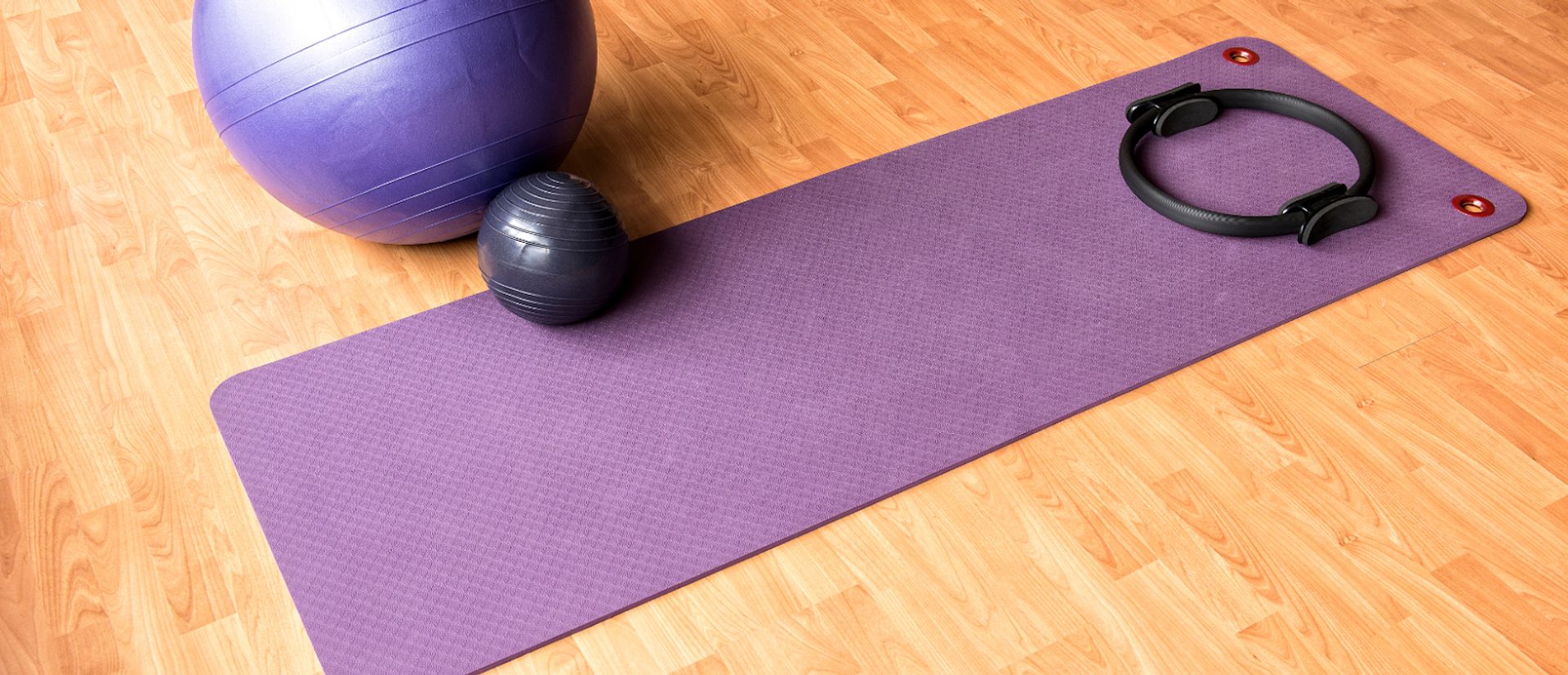
Pilates At-Home Equipment Recommended By Top Trainers
While Pilates exercises can be performed without additional equipment, a couple of handy tools can certainly help. If you want to advance your Pilates routine, here’s some trainer-approved equipment to try.
If you are building a Pilates routine at home, you may be wondering if you need special equipment to get results.
The answer is: it depends.
While Pilates can absolutely be done using just your bodyweight, a few simple tools can add variety, increase challenge, and help you improve your form. You do not need a reformer or a full studio setup. All you need are just a few portable items that support your goals and work with your space.
Top trainers who work with clients at home often recommend a handful of essential tools that make Pilates safer, more effective, and more fun. This suggestion doesn’t mean that you need to break the bank to purchase the most expensive or fancy equipment, or even drag an entire bag of tools back to your house.
At its core, Pilates is relatively simple, and the equipment matches the sentiment.
Still feeling skeptical? Don’t worry! In this blog, we will explore the most useful Pilates at-home equipment, explain what each one does, and show you how a personal trainer can help you use them properly to get the most out of every session.
Without further ado, let’s level up your Pilates game.
How Does Equipment Complement Your Pilates Practice?

Pilates is known for creating deep core strength, improving posture, and building long, lean muscle without heavy lifting or high impact. Many of the original Pilates exercises were designed to be done with little or no equipment, making them perfect for at-home workouts.
But adding resistance bands, stability tools, and other simple equipment can help you progress beyond the basics. These tools provide feedback to your muscles, increase intensity, and help you stay mindful of your form. As a little bonus, tools also help keep your workouts interesting and effective.
Let’s take a look at how this happens.
How Resistance and Feedback Improve Form
One of the biggest benefits of using Pilates at-home equipment is the increased awareness it brings to your movement. Tools like resistance bands and magic circles give your muscles something to press against, helping you fully engage and maintain proper form throughout the exercise.
This external feedback encourages better control and deeper activation, especially in smaller stabilizing muscles that are often missed in other types of workouts. Over time, using the right equipment can lead to better posture, improved balance, and a stronger core.
Variety Keeps You Motivated
Let’s be honest for a minute. Sticking to the same set of exercises daily can get repetitive, even with a method as versatile as Pilates. Adding a few new pieces of equipment can help refresh your routine and keep you motivated to show up consistently.
Changing up your workouts with bands, rings, or stability balls adds just enough novelty to keep things interesting, without making the routine feel overwhelming.
With just a few new tools, you can dramatically increase the number of effective workouts you can do at home.
Trainer-Recommended Pilates At-Home Equipment

Not all equipment is identical, and you do not need to stock your living room with dozens of tools to see progress.
On the contrary, you’ll be glad to know that the most effective Pilates at-home equipment tends to be simple, compact, and multifunctional.
Here are the pieces most often recommended by experienced trainers who work with clients at home (Svetness trainers included):
1. A Pilates Mat
Every Pilates routine starts with a quality mat.
A mat is your foundation for floor-based exercises like bridges, roll-ups, and leg lifts. A good mat should be thicker than a standard yoga mat to provide extra cushioning and protect your spine and joints during rolling and seated movements.
Trainers recommend mats with non-slip surfaces that offer enough support without being too soft. These features help you maintain stability during balance work and encourage proper alignment during every repetition.
2. Resistance Bands
Resistance bands are one of the most versatile pieces of Pilates at-home equipment. They add intensity to basic exercises, allowing you to build strength without using heavy weights.
Bands can be looped around the thighs for glute work, held in the hands for arm toning, or used to challenge the core during leg and arm extensions.
Trainers often recommend both long bands and smaller loop bands so clients can switch between full-body movements and targeted isolation work. They are also ideal for clients working in small spaces since they require almost no storage.
3. Pilates Ring (Magic Circle)
The Pilates ring, also known as the magic circle among enthusiasts, adds resistance and feedback to many classic Pilates exercises. This tool is especially effective for activating the inner thighs, chest, and shoulders and encouraging mindful movement during core work.
Trainers often use the ring to help clients engage their midline and prevent over-recruitment of larger muscle groups. It is a low-cost tool that instantly adds depth to familiar movements and helps clients stay connected to their breath and body positioning. Not to mention, it has a really cool name!
4. Small Stability Ball
A small inflatable ball, often used behind the back, under the hips, or between the knees, helps increase instability and challenge balance. It is an excellent tool for improving posture, supporting spinal mobility, and adding variety to core exercises.
Trainers recommend the ball for clients who want to improve core strength while protecting the lower back. It is lightweight, affordable, and easy to incorporate into beginner or advanced routines.
5. Light Dumbbells or Wrist Weights
While Pilates traditionally focuses on bodyweight movements, many trainers introduce lightweight exercises to increase the intensity of upper body exercises.
Using two- to five-pound dumbbells or soft wrist weights can add a layer of challenge during arm sequences, especially when performed slowly and with control.
These tools also help clients increase muscular endurance and engage the arms and shoulders better during flowing sequences. Because the movements remain low-impact and deliberate, they are a safe way to progress without risking strain.
6. Sliders or Gliding Discs
Sliders are another simple tool that make traditional exercises like lunges or pikes more dynamic and challenging. They encourage smooth, controlled movement while forcing your core to work harder to maintain alignment.
Even for clients who are staying grounded or seated, sliders can add intensity to arm reaches, hip work, or side-body movements. Trainers often recommend them for clients who want to build more full-body strength through flowing transitions.
How to Choose the Right Equipment for Your Level
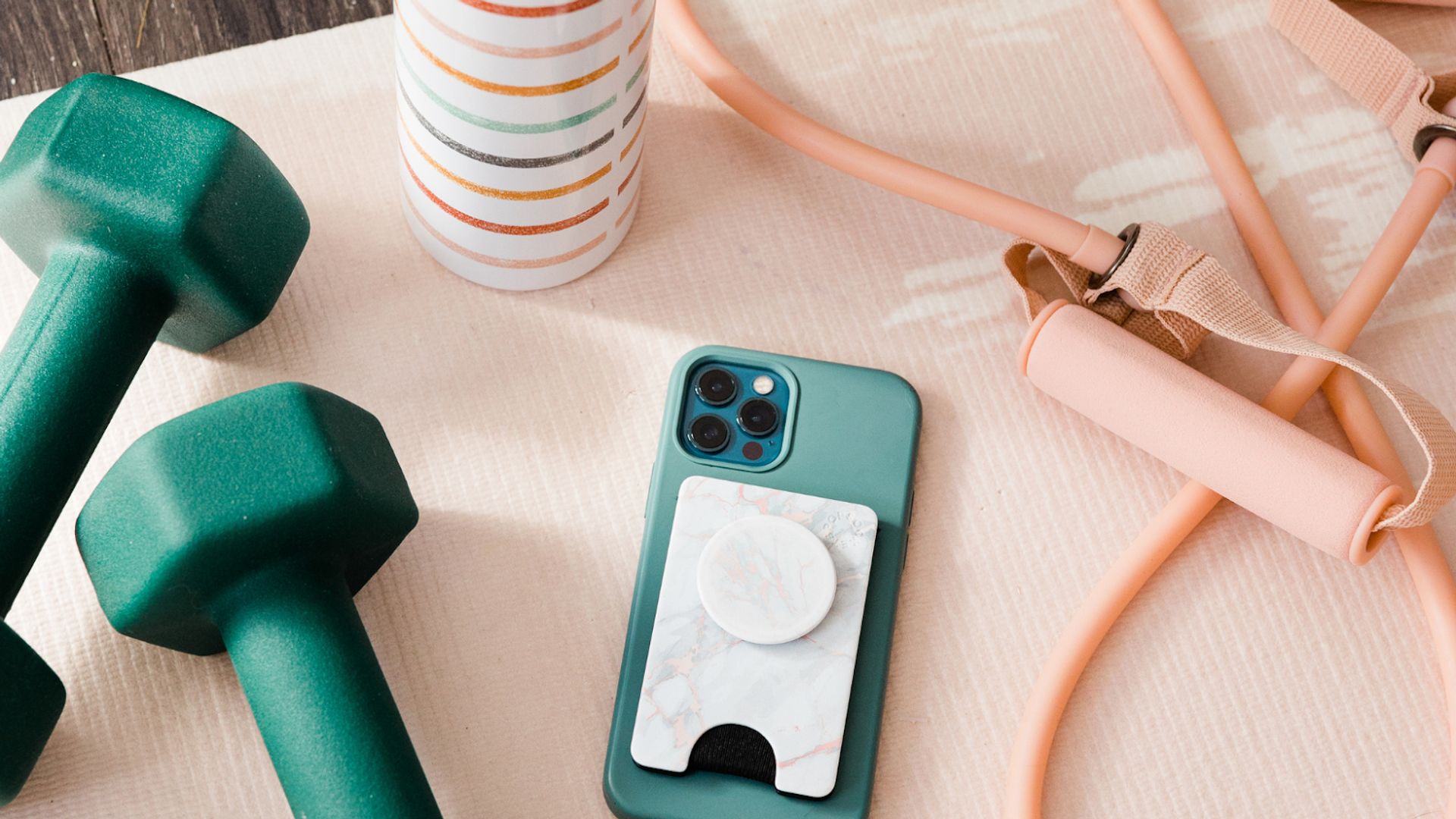
With so many options available, it can be tempting to buy every tool on the list. But, as we promised, you don’t need to max out your card or stuff the trunk of your car with dozens of fancy equipment pieces.
On the contrary, you do NOT need a full set of gear to see progress. Most people benefit from starting small and adding more pieces as their practice evolves.
Start Simple and Build Over Time
Trainers often recommend beginning with a supportive mat and one or two additional tools, such as a band or ball. These pieces are easy to learn, effective across multiple exercises, and suitable for a range of fitness levels.
As your strength and confidence grow, you can introduce more equipment to increase variety and resistance. With a trainer guiding your sessions, this progression happens naturally, and each new tool adds purpose rather than complexity and additional expenses.
Focus on Form First
No matter what equipment you use, form should always come first.
A poorly executed exercise with equipment will not produce better results. On the contrary, it may actually increase your risk of discomfort or injury.
Fortunately, trainers help ensure that equipment enhances your movement rather than distracts from it. That is why so many people choose to work with a professional when starting Pilates with equipment.
The right coaching builds a strong foundation, helps prevent bad habits, and supports steady improvement.
How Svetness Trainers Help You Get the Most Out of Pilates At Home
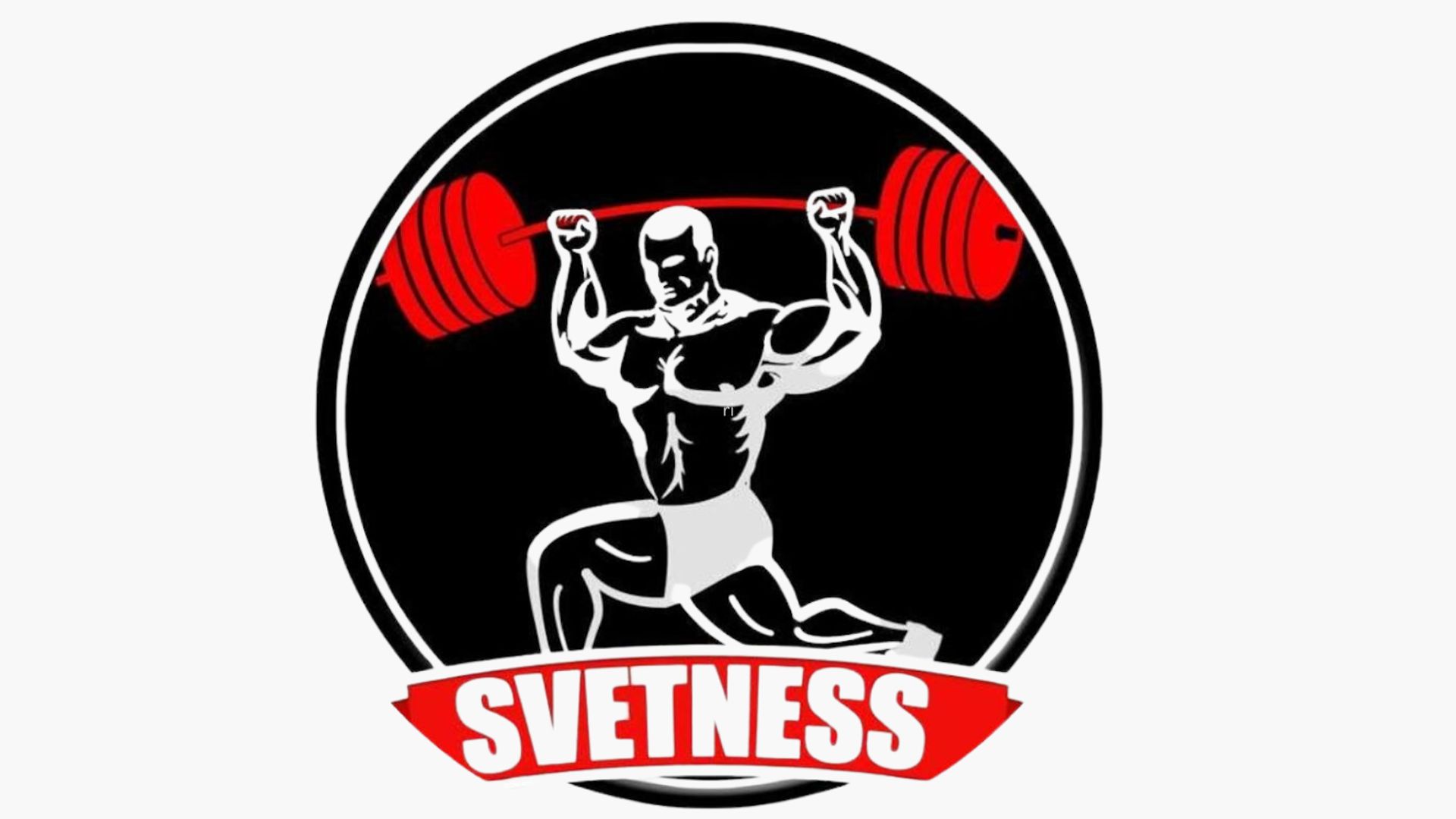
While many people start their Pilates journey on their own, working with a personal trainer brings a whole new level of support, structure, and success. At Svetness, our in-home personal trainers help clients safely and confidently use Pilates at-home equipment to build strength, flexibility, and confidence, all from the comfort of their own homes.
Regardless of whether you are brand new to Pilates or looking to advance your practice, a trainer can guide you every step of the way. From selecting the right tools to designing full-body routines that evolve with your goals, your trainer ensures that every session is intentional and impactful.
Let’s take a look at some of the key benefits Svetness has to offer when it comes to achieving Pilates Perfection:
Personalized Equipment Recommendations Based on Your Goals
Not all equipment is right for every person. Some clients need extra support and stability, while others are ready to add resistance and increase challenge.
Svetness personal trainers assess your body, movement patterns, and fitness goals before suggesting any equipment.
Instead of guessing what might help, you get clear recommendations tailored to your needs. This little trick saves you time and money and ensures that every tool you use serves a specific purpose in your routine.
Real-Time Feedback on Form and Technique
One of the biggest risks with equipment is using it incorrectly.
A resistance band that is too tight, a ring held at the wrong angle, or a ball placed improperly can make an exercise less effective, or worse, lead to discomfort or injury.
Svetness trainers provide real-time feedback throughout your session, helping you correct posture, adjust alignment, and stay in control of your movement. This attention to detail leads to better results and greater confidence in your workouts.
Creative Programming With Limited Equipment
Many clients assume they need a full home gym to get started with Pilates, but that is not true.
In fact, most of the tools listed in this blog are affordable, portable, and easy to store. Even with just a mat and one resistance band, a Svetness trainer can create a full-body workout that challenges your strength and keeps you progressing.
Trainers adapt to your space and equipment, ensuring your workouts are effective and realistic for your home and lifestyle. This flexibility is one of the biggest reasons clients stick with their programs and stay motivated week after week.
Consistency, Accountability, and Motivation
Having equipment is one thing. Knowing how to use it regularly is another. And let’s face it, sometimes we just don’t feel like working out.
Svetness trainers provide the structure and support you need to stay consistent. Working with a trainer makes you more likely to stick to your workouts, challenge yourself when needed, and stay focused on your goals.
Your trainer also tracks your progress, helping you see improvements you might not notice on your own. This ongoing motivation makes it easier to stay committed and build a long-lasting Pilates habit from the comfort of home.
Final Thoughts
The right Pilates at-home equipment can advance your practice and help you get more out of every movement.
If you are using a resistance band to target your glutes or a small ball to support your spine, these tools bring variety to classic exercises, all without dropping cash on a reformer or studio.
However, equipment is only one part of the equation.
The real progress happens when those tools are used with purpose, guidance, and consistency. That is where working with a personal trainer makes all the difference.
At Svetness, our in-home trainers help you build a program that works with your space, schedule, and goals. With expert support and the right equipment, you will feel stronger, more confident, and more connected to your body with every session.
Frequently Asked Questions
Do I need equipment to get results from Pilates at home?
No, you can absolutely see results with bodyweight-only exercises. But adding Pilates at-home equipment, like resistance bands, rings, or stability balls, can improve your form, increase challenge, and help you progress more quickly.
What is the first piece of Pilates equipment I should buy?
Most trainers recommend starting with a high-quality mat and one additional tool, like a resistance band or Pilates ring. These are affordable, easy to use, and suitable for beginners.
How do I know if I am using the equipment correctly?
Working with a personal trainer is the best way to ensure proper form. A trainer provides real-time feedback, adjusts your positioning, and helps you get the most out of every tool in your routine.
Can I do trainer-guided Pilates at home without a reformer?
Yes, you do not need a reformer to have an effective Pilates practice at home. Many trainers, including those at Svetness, design comprehensive routines using minimal equipment that still deliver great results.
Start your Svetness journey today
Get a free consultation and see how our trainers can transform your wellness journey.


